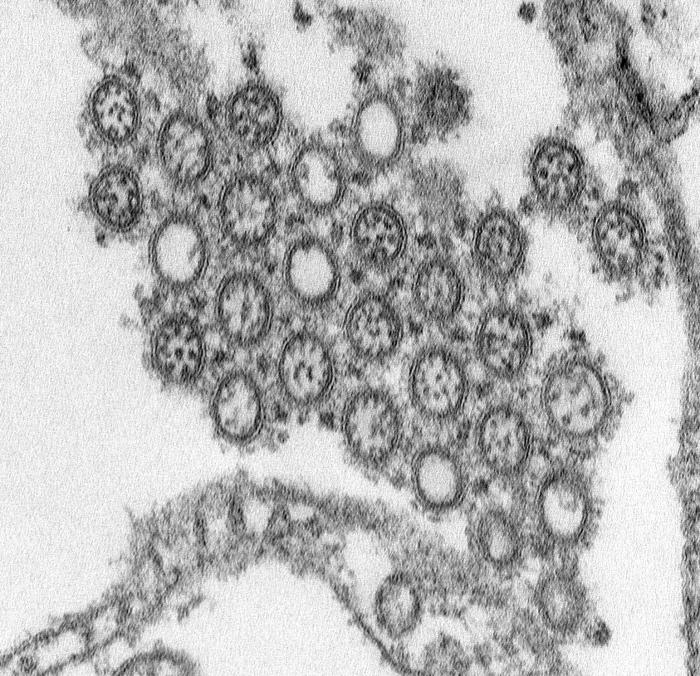


H1N1 is the Predominant Strain So Far this 2013-14 Flu Season From November to December of 2013, the Centers for Disease Control and Prevention (CDC) has received reports of severe respiratory illness among young and middle-aged adults. Many of these patients were infected with influenza A (H1N1) pdm09 (pH1N1) virus. Multiple pH1N1-associated hospitalizations and even fatalities have been reported. Among those hospitalized, many were admitted to the intensive care unit (ICU). While it is not possible to predict which flu virus will be dominate during the influenza season, pH1N1 has been the predominant circulating virus thus far. If the pH1N1 virus continues circulating widely, “illness that disproportionately affects young and middle-aged adults may occur.” The CDC notes that although influenza activity is currently at low levels nationally, some areas of the United States are experiencing high levels of activity already with influenza activity expected to increase during the next few weeks.
While the CDC has not detected any changes in pH1N1 viruses that suggest increased virulence or transmission capability, the agency is continuing to monitor the situation. This year, all available vaccine formulations contain a pH1N1 component. The CDC is recommending annual influenza vaccination for everyone 6 months or older and notes that annual vaccination is the best tool for preventing influenza and its complications.
To get vaccinated or to learn more about the flu vaccination, contact your healthcare provider. All persons with influenza-like illness who are at high risk for influenza complications should seek care promptly to see if treatment with antiviral medications is needed.
For more information about the 2013-14 influenza season or to see a complete list of those who are at risk for flu complications, please visit CDC Health Alert Network HAN00359.
Sources:
1. CDC Health Alert Network, Dec. 24, 2013
http://www.bt.cdc.gov/HAN/han00359.asp
2. Image source: Public Health Image Library Photographs, Illustrations, Multimedia Files
Photo Credit: CDC/ Cynthia Goldsmith, April 2009
http://phil.cdc.gov/phil/home.asp